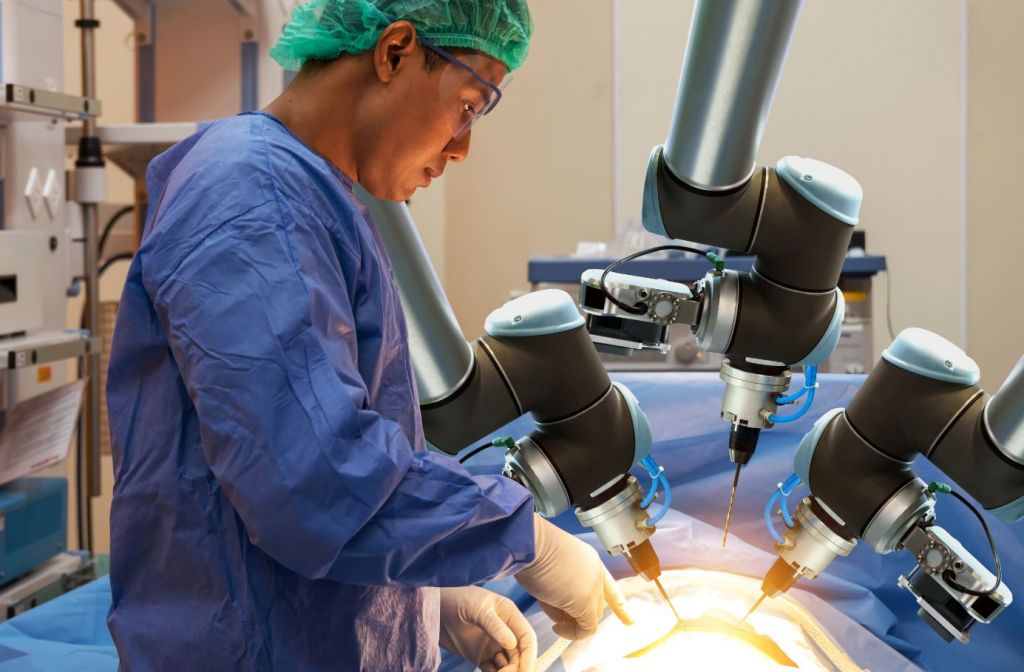Robots can immediately carry out their own operations. According to a new report, researchers with John Hopkins University created a operating robot that was able to appear without humans to guide him. The team shared his success in Science Daily News at the end of January. They have worked on autonomous smart network robots (stars) for several years now. However, this is the first autonomous operation that has been done.
This robot performed surgery without a human helping it
The team at John Hopkins University has worked tirelessly to increase stars from the start. Over the years, the team has done many operations with robots. However, what makes this operation very impressive is that the operating robot performs laparoscopic surgery without human assistance Laparoscopic surgery is one of the most challenging operations because it aims to do complex maneuvers without making large incisions. In this particular case, the operating robot must reconnect the tip of the patient’s intestine. Of course, patients here are not humans – we are not enough. However, the results are fun for the future of robotics.
“Our findings show that we can automate one of the most complicated and subtle tasks in operation: reset two ends of the intestine,” Alex Krieger, senior writer in a study around countries in the report. “The star carries out the procedure in four animals, and produces far better results than humans who perform the same procedure.
Robotics in medicine
While the news of the operating robot is very exciting, robotics are not exactly new when it comes to the world of medicine. In fact, some estimated that more than 600,000 robotic operations were assisted in 2017. That number is likely to grow in recent years too. The important thing to take from the success of this operating robot is that it is truly autonomous. That means there is no help from human hands at all.
But the operation is not the only one that researchers make robots. We also see robots that can send non-needle vaccinations. Other robots can be injected into the body and are used to fight certain diseases. The field of Robotics has found a growing house in the world of medicine. With the success of this star operation, we must hope to see more improvements in the future. However, only the researchers need at John Hopkins for four years to get a star in an autonomous state. Four years are not too long in the technical world, especially in early encouragement like this.

